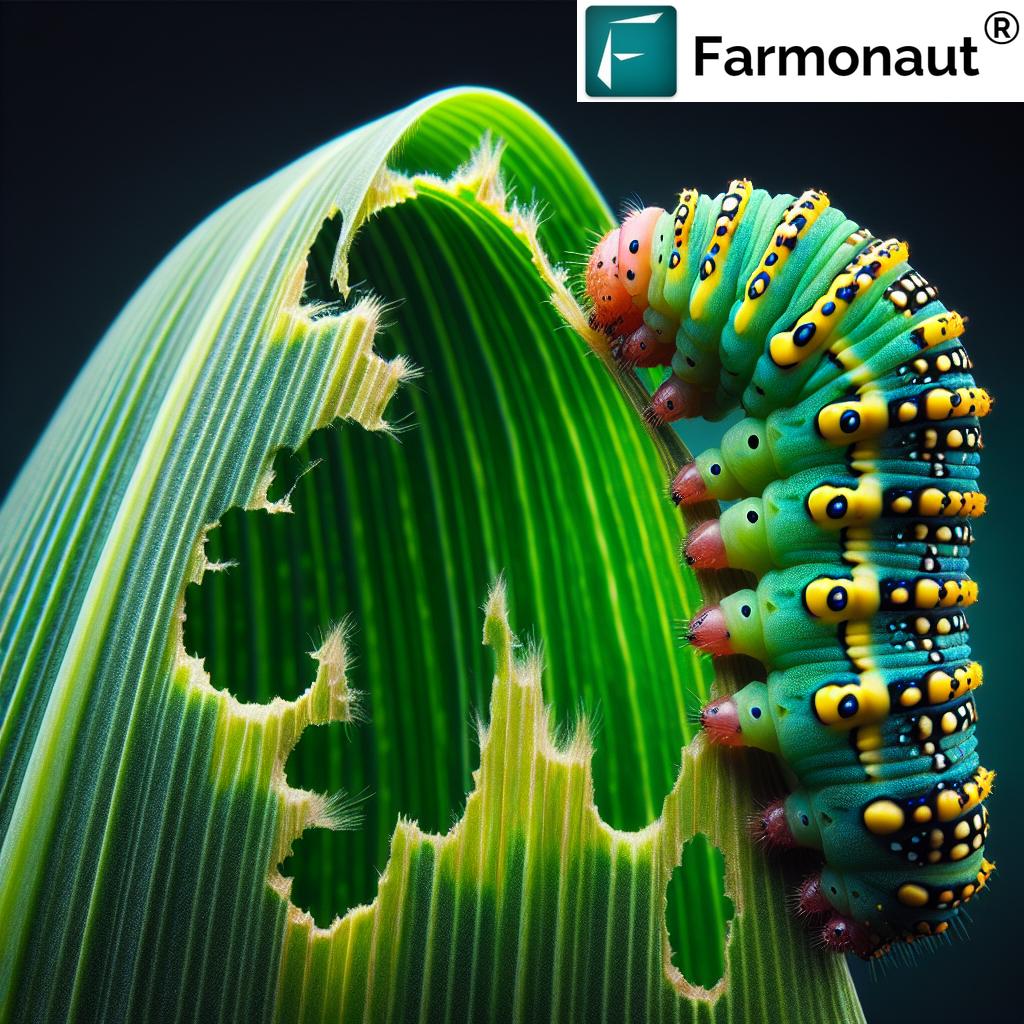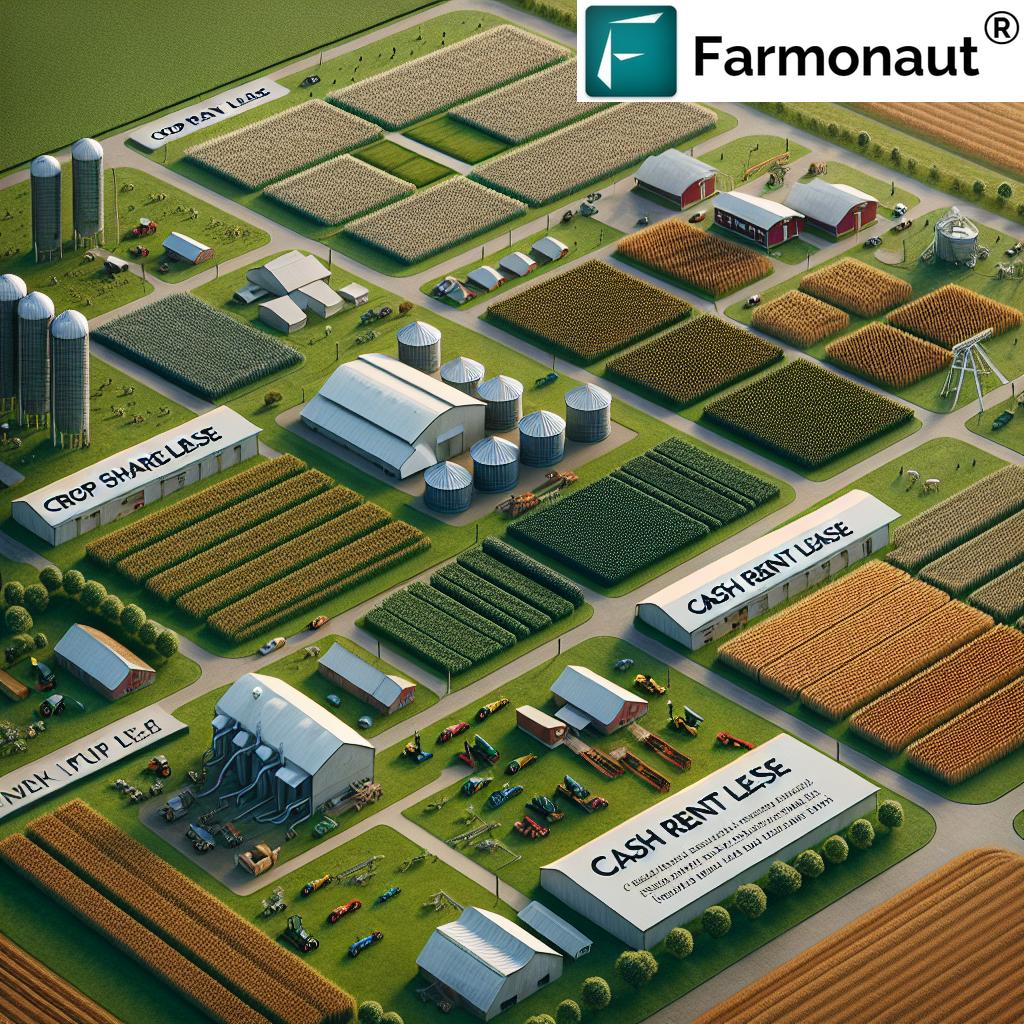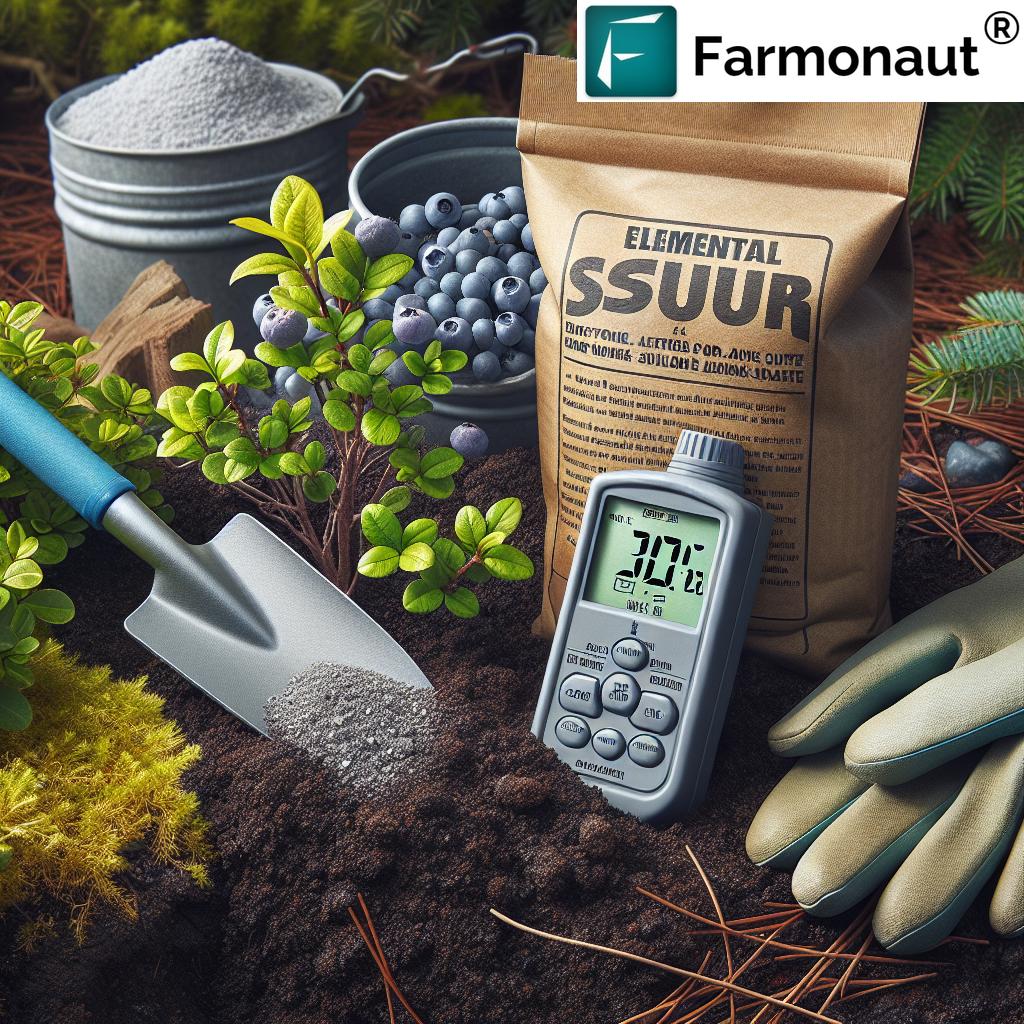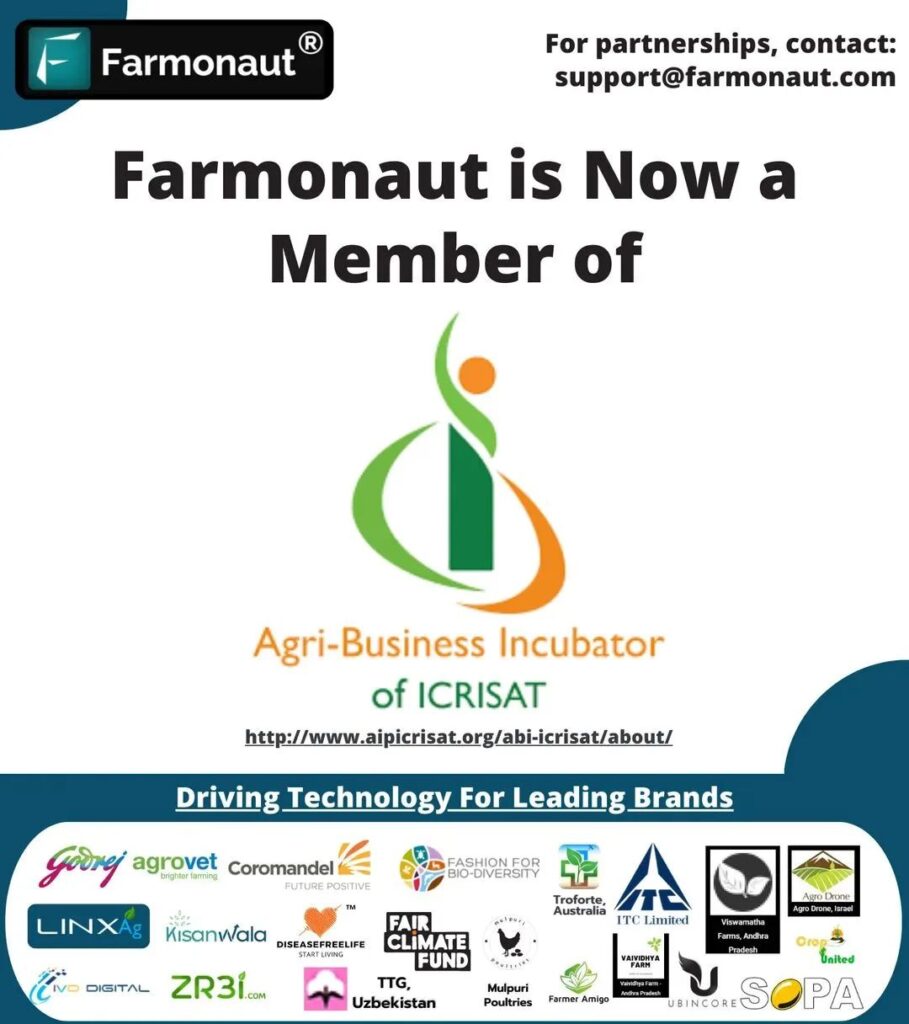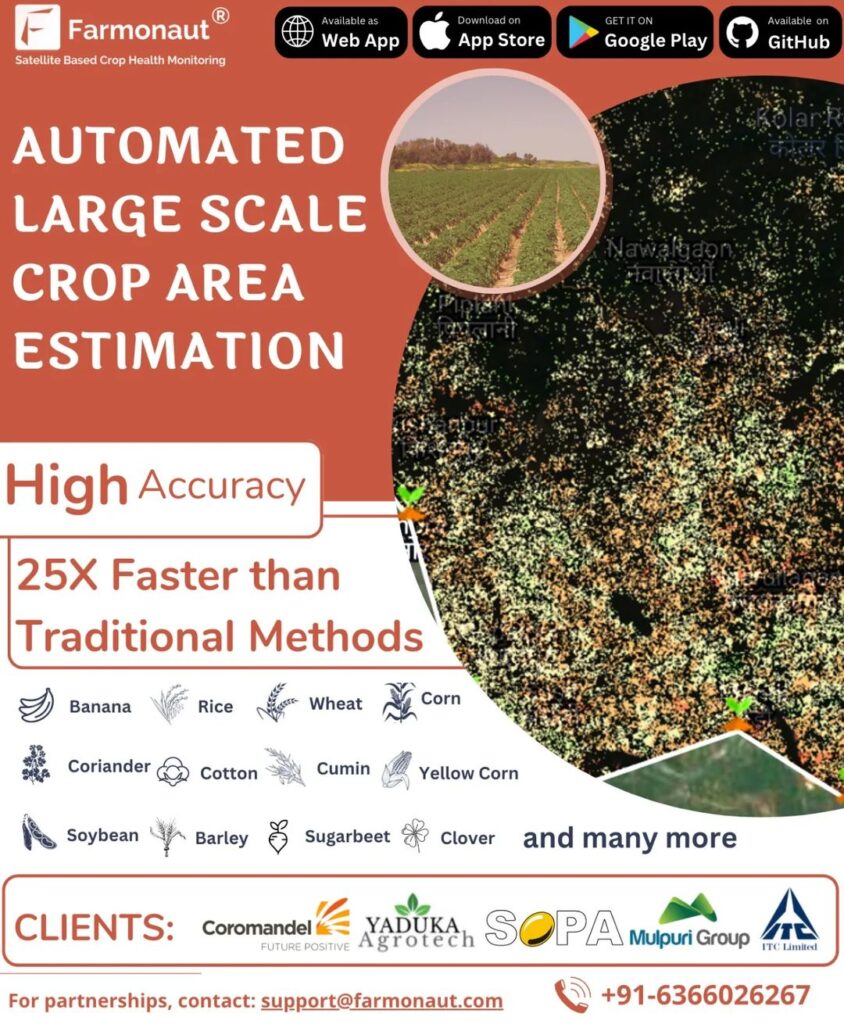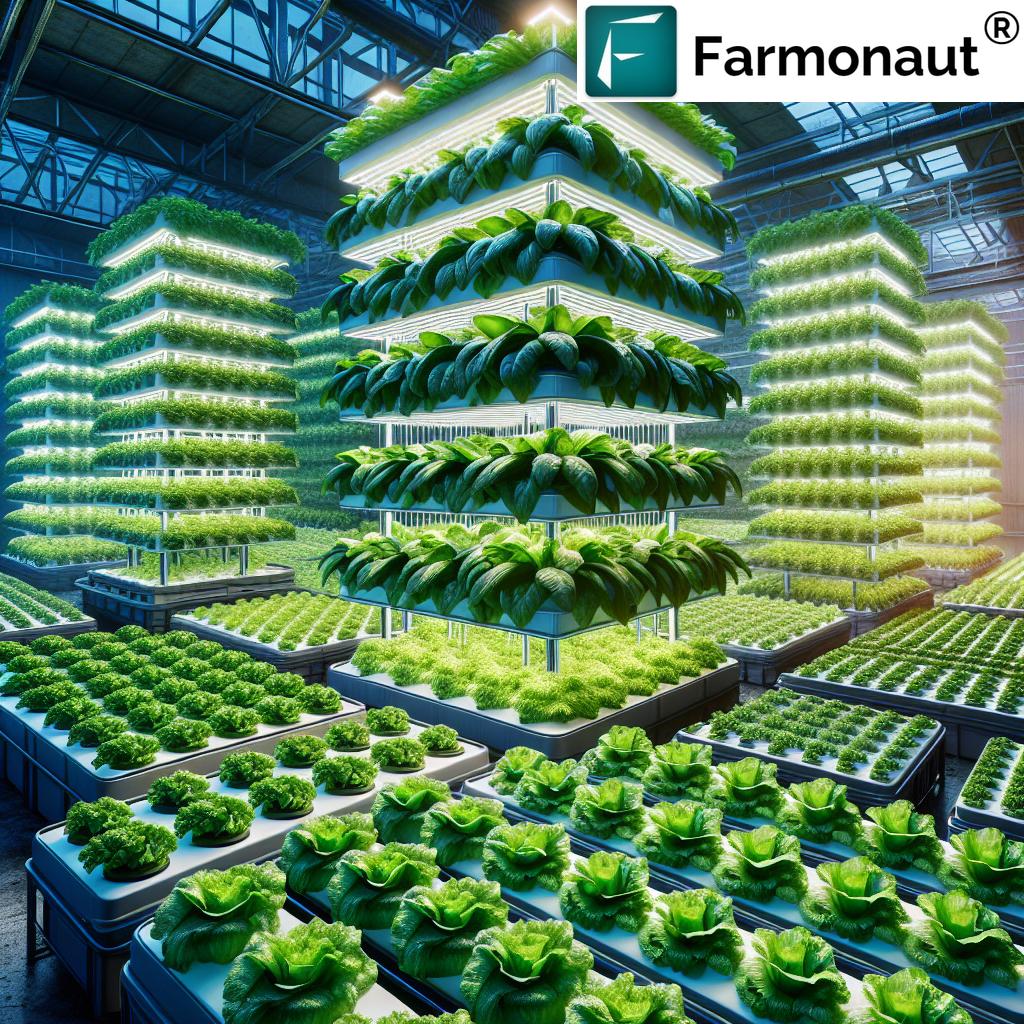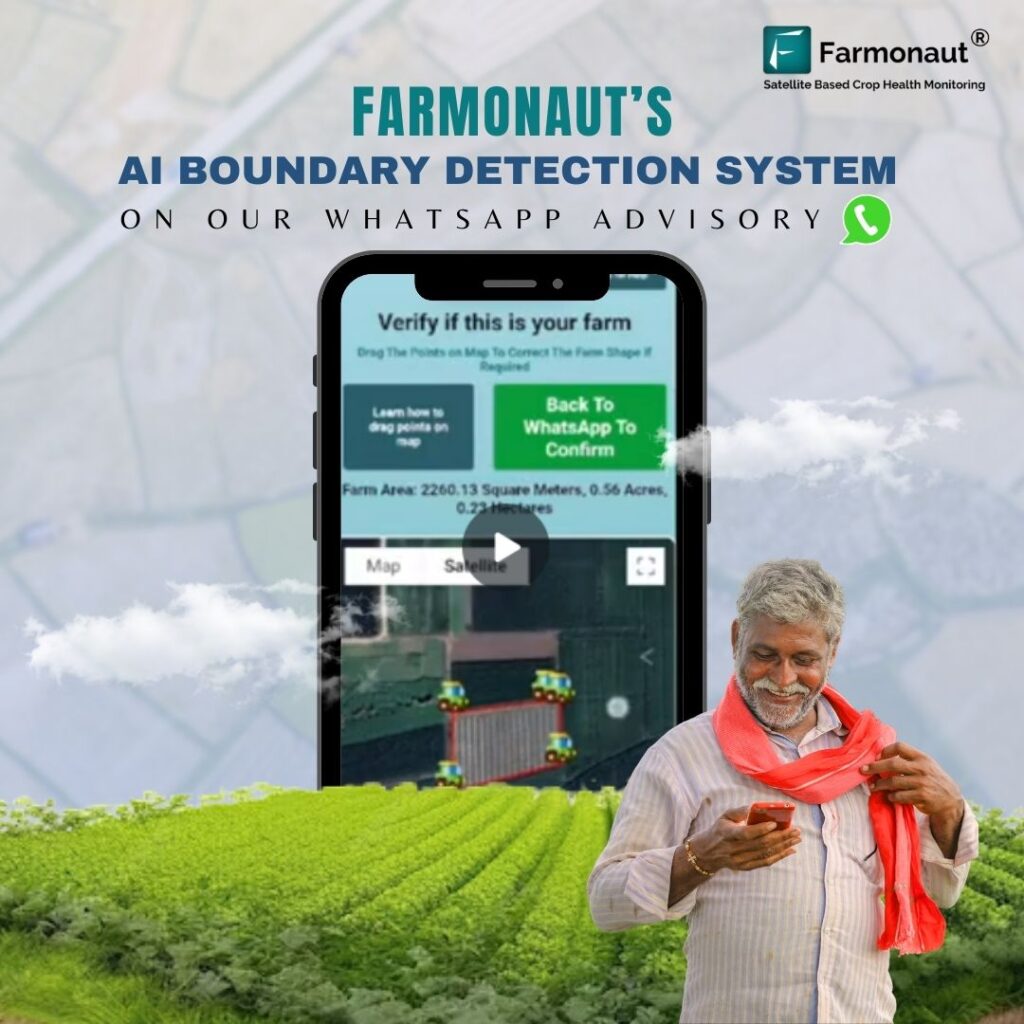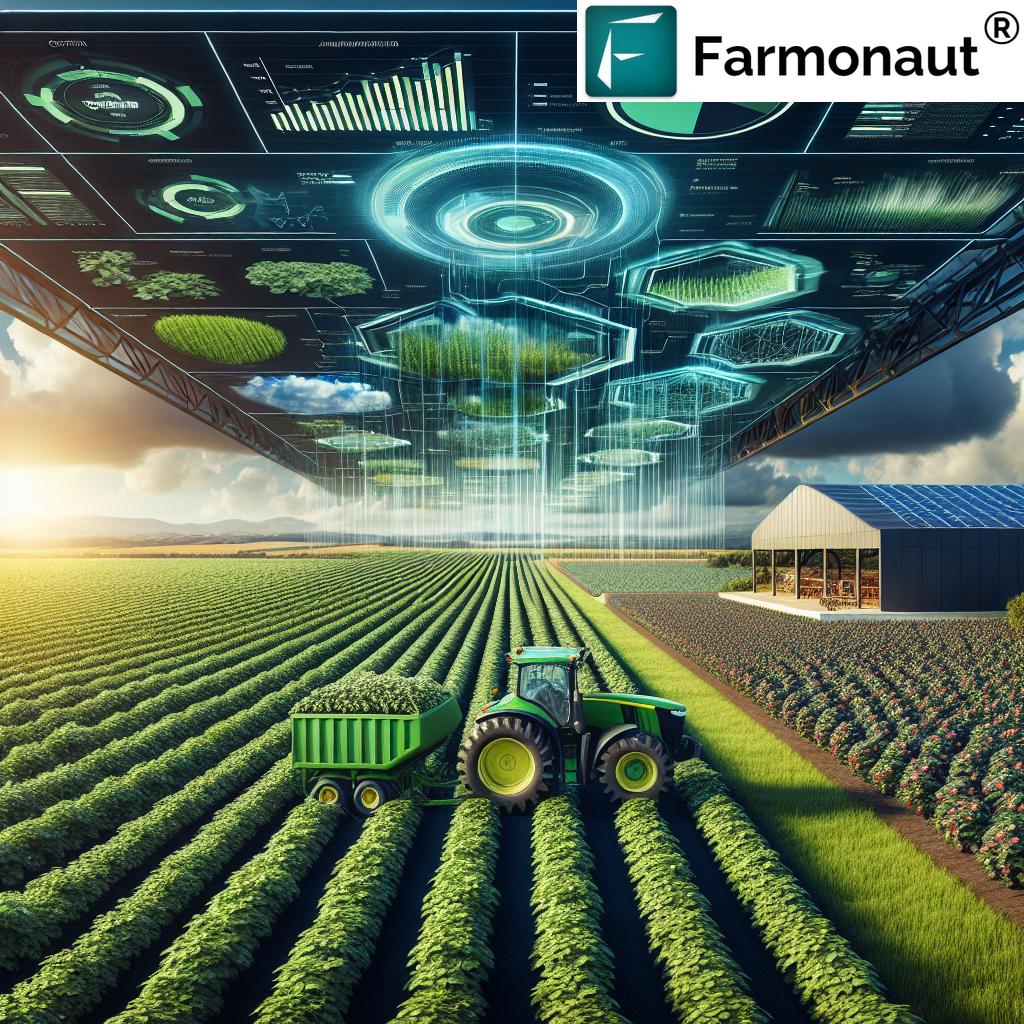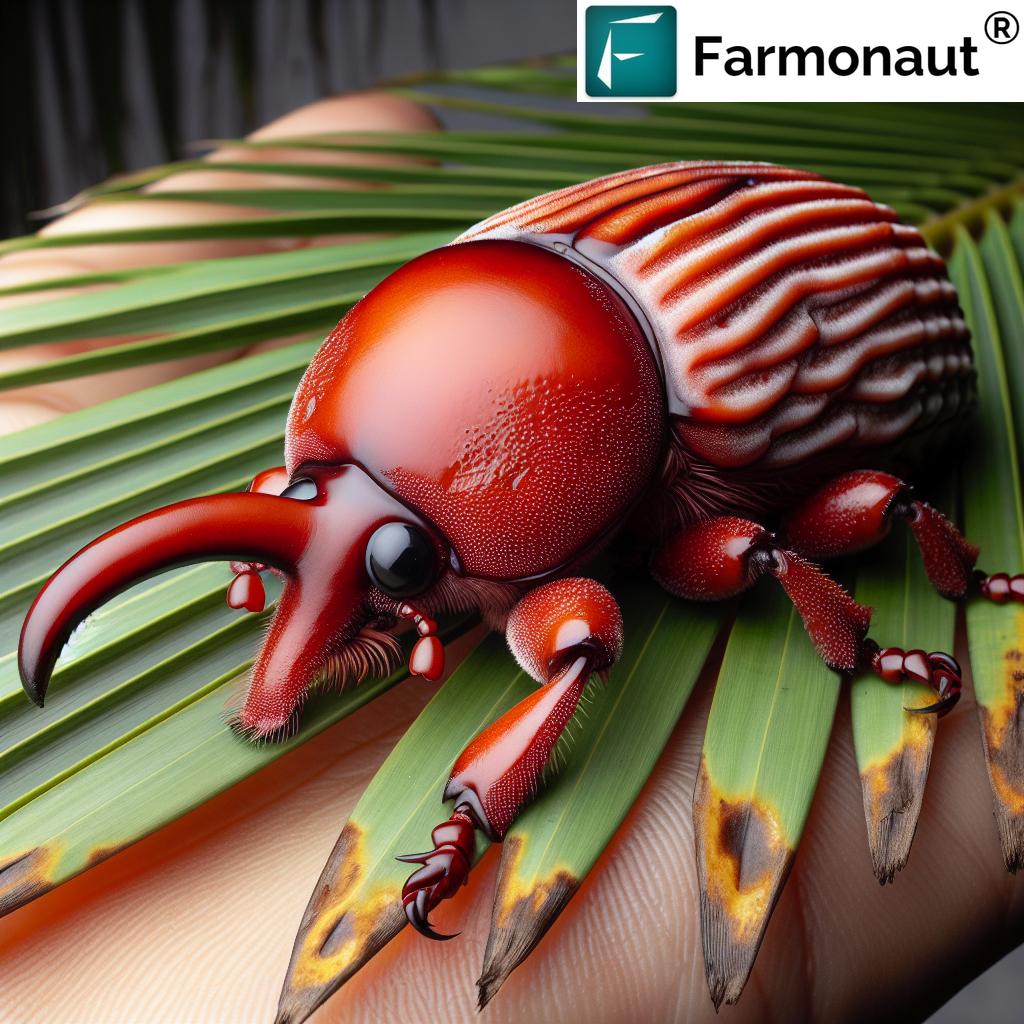Combating Cotton Leafhopper and Semilooper: Essential Guide for Farmers

In the ever-evolving world of agriculture, cotton farmers face numerous challenges in protecting their crops from pests and diseases. Among the most persistent threats are the cotton leafhopper and cotton semilooper, two insects that can significantly impact cotton yield and quality. At Farmonaut, we understand the importance of addressing these issues effectively and efficiently. In this comprehensive guide, we’ll explore the nature of these pests, their impact on cotton crops, and the most effective strategies for managing them using cutting-edge technology and sustainable farming practices.
Understanding the Cotton Leafhopper
The cotton leafhopper, scientifically known as Amrasca biguttula biguttula, is a small, wedge-shaped insect that poses a significant threat to cotton crops worldwide. These tiny pests, measuring only 2-3 mm in length, are often green or pale yellow in color, making them difficult to spot with the naked eye.
Lifecycle and Behavior
The lifecycle of the cotton leafhopper consists of three stages:
- Egg stage: Female leafhoppers lay eggs inside the leaf tissue or along the leaf veins.
- Nymph stage: After hatching, nymphs go through five instars before reaching adulthood.
- Adult stage: Adults can live for 30-40 days, during which they continue to feed and reproduce.
Both nymphs and adults feed on the underside of cotton leaves, sucking sap from the plant tissues. This feeding behavior is what makes the leafhopper in cotton such a destructive pest.
Impact on Cotton Crops
The damage caused by cotton leafhoppers can be severe and multifaceted:
- Leaf curling and yellowing
- Stunted plant growth
- Reduced photosynthesis
- Premature leaf shedding
- Significant yield loss (up to 50% in severe infestations)
Furthermore, leafhoppers can act as vectors for various plant viruses, compounding the damage to cotton crops.
The Cotton Semilooper: Another Formidable Foe

While the cotton leafhopper attacks from below, the cotton semilooper (Anomis flava) presents a different challenge. This caterpillar, known for its distinctive looping movement, can cause extensive defoliation of cotton plants.
Lifecycle and Behavior of the Cotton Semilooper
The lifecycle of the cotton semilooper includes:
- Egg stage: Eggs are laid singly on the underside of leaves.
- Larval stage: Caterpillars go through 5-6 instars over 2-3 weeks.
- Pupal stage: Pupation occurs in soil or plant debris.
- Adult stage: Moths emerge and continue the cycle.
The larval stage is when the cotton semilooper causes the most damage, feeding voraciously on cotton leaves.
Impact on Cotton Production
The effects of cotton semilooper infestations include:
- Severe defoliation
- Reduced photosynthetic capacity
- Stunted boll development
- Yield losses of up to 30% in severe cases
Integrated Pest Management: A Holistic Approach
At Farmonaut, we advocate for an Integrated Pest Management (IPM) approach to combat both the cotton leafhopper and cotton semilooper. This strategy combines various control methods to minimize pest populations while reducing reliance on chemical pesticides.
1. Cultural Control Methods
- Crop rotation: Alternating cotton with non-host crops can break pest cycles.
- Planting timing: Adjusting planting dates to avoid peak pest populations.
- Field sanitation: Removing crop residues and weeds that may harbor pests.
- Trap crops: Planting attractive crops around cotton fields to divert pests.
2. Biological Control
Encouraging natural predators and parasitoids can help keep pest populations in check:
- Ladybirds and lacewings for leafhopper control
- Trichogramma wasps for semilooper egg parasitization
- Bacillus thuringiensis (Bt) for semilooper larval control
3. Chemical Control
While we emphasize sustainable methods, judicious use of pesticides may be necessary in severe infestations:
- Neonicotinoids for leafhopper control
- Pyrethroids or organophosphates for semilooper management
Note: Always follow local regulations and guidelines for pesticide use.
4. Technological Solutions
At Farmonaut, we leverage advanced technology to enhance pest management strategies:
- Satellite-based crop monitoring: Our platform uses multispectral satellite imagery to detect early signs of pest infestation. By analyzing vegetation health indices like NDVI, we can identify stressed areas of the cotton field that may indicate pest activity. Learn more about our satellite monitoring system.
- AI-powered pest prediction: Our Jeevn AI advisory system analyzes historical data, weather patterns, and current field conditions to predict potential pest outbreaks, allowing farmers to take preemptive action.
- Real-time alerts: Farmers receive timely notifications about potential pest threats through our mobile app, available on both Android and iOS platforms.
Farmonaut’s Satellite System vs. Drone and IoT-based Monitoring
While drones and IoT devices offer certain advantages in farm monitoring, Farmonaut’s satellite-based system provides unique benefits for pest management in cotton fields:
| Feature | Farmonaut Satellite System | Drone-based Monitoring | IoT-based Monitoring |
|---|---|---|---|
| Coverage Area | Large scale (hundreds to thousands of acres) | Limited by flight time and regulations | Limited by sensor placement |
| Frequency of Data Collection | Regular intervals (every 3-5 days) | On-demand, weather dependent | Continuous, but localized |
| Cost-effectiveness | High (no on-site equipment needed) | Moderate (equipment and operator costs) | Variable (initial setup costs) |
| Data Analysis | AI-powered, comprehensive | Requires separate analysis tools | Real-time but limited scope |
| Ease of Use | User-friendly app interface | Requires skilled operators | Requires technical setup and maintenance |
Best Practices for Managing Cotton Leafhopper and Semilooper
To effectively combat these pests, we recommend the following best practices:
- Regular Monitoring: Use Farmonaut’s satellite monitoring system to keep a close eye on crop health. Early detection is crucial for effective pest management.
- Threshold-based Intervention: Implement control measures only when pest populations reach economic thresholds. Our AI system helps determine these thresholds based on local conditions.
- Balanced Nutrition: Ensure proper fertilization of cotton plants. Well-nourished plants are more resilient to pest attacks.
- Water Management: Avoid over-irrigation, as excessive moisture can create favorable conditions for pest proliferation.
- Resistant Varieties: Where available, plant cotton varieties that show resistance to leafhoppers and semiloopers.
- Biological Diversity: Encourage biodiversity in and around cotton fields to support natural enemy populations.
- Timing of Control Measures: Apply control measures when pests are most vulnerable, typically in their early life stages.
- Record Keeping: Maintain detailed records of pest occurrences, control measures, and their effectiveness. This data can be easily logged and analyzed using Farmonaut’s platform.
The Role of Technology in Modern Pest Management
At Farmonaut, we’re at the forefront of integrating technology into pest management strategies. Our satellite-based monitoring system, coupled with AI-driven analytics, provides farmers with unprecedented insights into their cotton fields.
Benefits of Farmonaut’s Technology in Pest Management
- Early Detection: Our satellite imagery can detect subtle changes in crop health before they’re visible to the naked eye, allowing for early intervention against cotton leafhopper and cotton semilooper infestations.
- Precision Application: By identifying specific areas of infestation, our technology enables targeted application of control measures, reducing overall pesticide use.
- Data-Driven Decision Making: With access to historical data and real-time insights, farmers can make more informed decisions about pest management strategies.
- Cost-Effective Monitoring: Satellite-based monitoring eliminates the need for frequent manual field scouting, saving time and resources.
- Integration with Weather Data: Our system correlates pest activity with weather patterns, helping predict potential outbreaks.
To learn more about how our satellite and weather API can enhance your pest management strategies, visit our API documentation.
Case Studies: Success Stories in Cotton Pest Management
While we don’t include specific case studies, it’s worth noting that numerous cotton farmers across various regions have successfully implemented Farmonaut’s technology to manage cotton leafhopper and cotton semilooper infestations. These success stories typically involve:
- Significant reduction in pest-related crop losses
- Decreased reliance on chemical pesticides
- Improved overall crop health and yield
- More efficient use of resources in pest management
The Future of Cotton Pest Management
As we look to the future, several emerging trends and technologies are set to revolutionize how we manage pests like the cotton leafhopper and cotton semilooper:
- Gene Editing: CRISPR technology may be used to develop cotton varieties with enhanced pest resistance.
- Nanopesticides: These could provide more targeted and efficient pest control with reduced environmental impact.
- Advanced AI and Machine Learning: Farmonaut continues to refine its AI algorithms to provide even more accurate pest predictions and management recommendations.
- Integration of Multiple Data Sources: Combining satellite data with ground-based sensors and historical records will provide a more comprehensive view of pest dynamics.
- Blockchain for Traceability: Implementing blockchain technology in pest management can ensure transparency in organic cotton production and pesticide use.
Sustainable Pest Management: A Collective Responsibility
At Farmonaut, we believe that effective and sustainable pest management is a collective responsibility. It requires cooperation between farmers, researchers, technology providers, and policymakers. By working together and leveraging advanced technologies, we can create a more resilient and sustainable cotton farming ecosystem.
Our Commitment to Sustainable Agriculture
We are committed to promoting sustainable agricultural practices that not only combat pests like the cotton leafhopper and cotton semilooper but also preserve the environment and ensure long-term agricultural productivity. Our platform’s features, such as carbon footprint tracking and resource optimization, support this commitment.
FAQs
Q: How can I tell if my cotton crop is infested with leafhoppers or semiloopers?
A: Look for symptoms like curled or yellowing leaves, defoliation, and stunted growth. Farmonaut’s satellite monitoring can also detect early signs of infestation before they’re visible to the naked eye.
Q: Are organic control methods effective against these pests?
A: Yes, many organic methods, including biological controls and cultural practices, can be highly effective when implemented correctly and monitored using advanced technology like Farmonaut’s platform.
Q: How often should I monitor my cotton fields for pest activity?
A: Regular monitoring is crucial. With Farmonaut’s satellite system, you can receive updates every 3-5 days, allowing for timely intervention.
Q: Can weather conditions affect leafhopper and semilooper populations?
A: Absolutely. Weather plays a significant role in pest populations. Farmonaut’s system integrates weather data to help predict potential pest outbreaks.
Q: How can I access Farmonaut’s pest management tools?
A: You can sign up for our services through our website or mobile apps. For detailed API access, visit our developer documentation.
Conclusion
Managing pests like the cotton leafhopper and cotton semilooper is an ongoing challenge for cotton farmers. However, with the right knowledge, tools, and strategies, it’s possible to minimize their impact and ensure healthy, productive cotton crops. At Farmonaut, we’re dedicated to providing cutting-edge solutions that make precision agriculture accessible and effective for farmers worldwide.
By combining traditional farming wisdom with advanced satellite technology and AI-driven insights, we’re helping farmers stay one step ahead of pest threats. Our comprehensive approach not only addresses immediate pest management needs but also contributes to more sustainable and resilient agricultural practices.
We invite you to join us in this journey towards smarter, more efficient cotton farming. Explore our services, leverage our technology, and become part of a community that’s shaping the future of agriculture.
Ready to revolutionize your approach to pest management? Subscribe to Farmonaut today and take the first step towards more efficient, sustainable cotton farming.
Together, we can create a future where cotton farming is more productive, sustainable, and resilient in the face of challenges like the cotton leafhopper and cotton semilooper. Join us in this mission to transform agriculture through technology and innovation.


